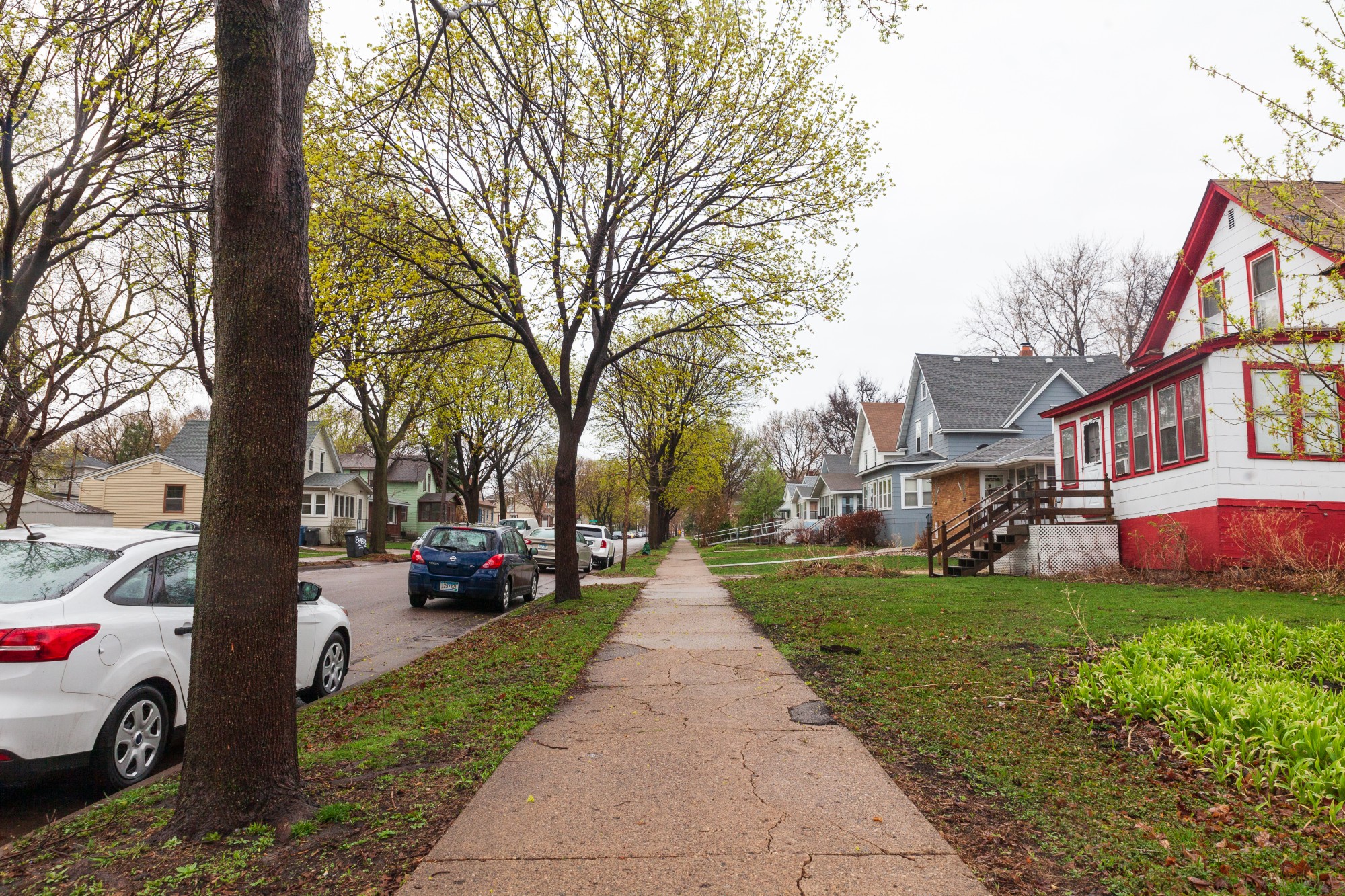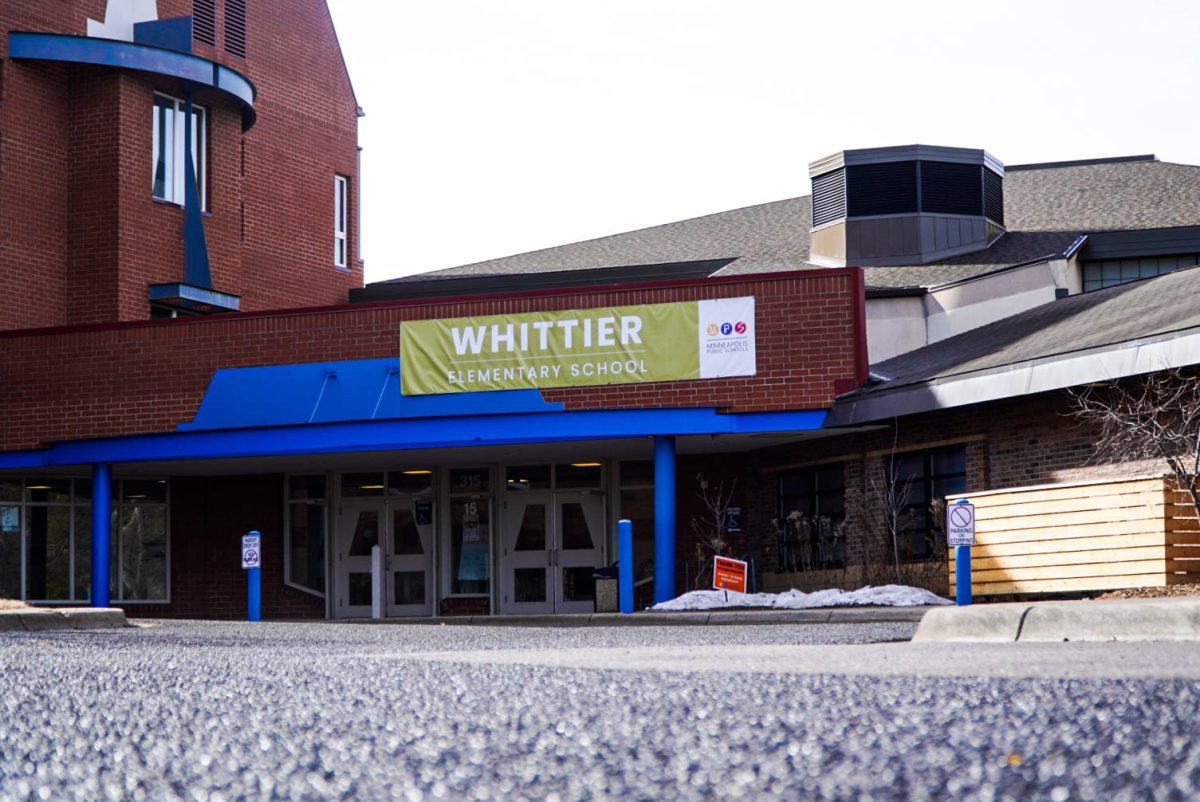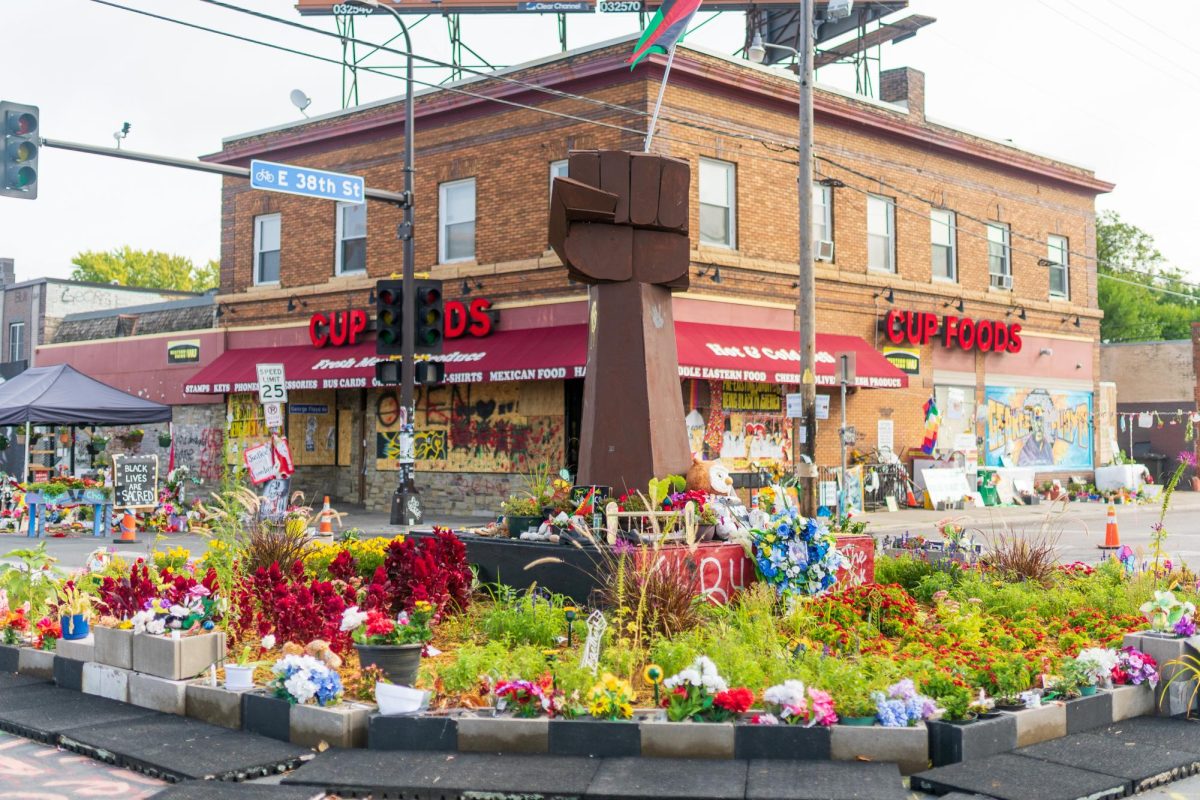An overhaul of the Southeast Como Improvement Association (SECIA) is underway, and the organization is moving forward with the reimagination of community engagement tactics for underrepresented groups in the neighborhood.
The “Reimagining SECIA and Racial Equity Initiative” was approved by the SECIA board Tuesday as part of longtime efforts to diversify the neighborhood organization and improve outreach. The plan, which has been ongoing for about three years, was invigorated by funding requirement changes under the citywide equity-focused Neighborhoods 2020.
Reimagining SECIA includes four components: equity and anti-racism education, neighborhood mapping, improved outreach efforts and a possible modification to SECIA’s structure. However, the group is in discussion with community members before taking action.
Karl Smith, former president and current board member of SECIA, said they do not think the project has found a “sweet spot” yet in making progress but said they think the reliance on community input will be key.
“It’s a work in progress,” Smith said. “You just have to start somewhere and start putting things together to see who you can get on board. You have to have somewhat of a plan and be open to changes based on the interests and willingness of the community.”
The “Racial Equity Framework” portion of the initiative is derived from research by Cody Hoerning, Emily Padrutt and Claudia Santana, who participated in a University of Minnesota civic leadership program. Their work found that SECIA needs an accountability system and racial equity resolutions based on current models. They also recommended a community survey and a welcome packet for new neighbors.

Hoerning said he looks forward to applying information from their work to the Como Cares team, a newly developed public safety group in Southeast Como.
“It’s been a learning experience for me personally,” Hoerning said. “I’ve never really been engaged in so much work like this. … It’s really made me and the team rethink how we go about operating in these systems that perpetuated racial harm.”
Both the mapping component and some of the work done by the equity framework group was informed by the University’s Center for Urban and Regional Affairs.
Jessica Focht-Perlberg is still new to her position as executive director of SECIA, but she said she feels ready and excited to help make the neighborhood a more welcoming place.
“The issues of trying to more fully engage underrepresented communities or neighborhoods are not new,” she said. “It’s not a new idea or aspiration, certainly, but I think there’s a new lens to it and a new energy to it and hopefully a new urgency to it.”
Neighborhoods 2020 goes into effect July 1 and requires compliance by Jan. 1, 2022, offering neighborhood organizations additional funding based on various factors. The next step for SECIA’s initiative includes gathering feedback from neighborhood residents at a Feb. 16 Community Project Night.





















